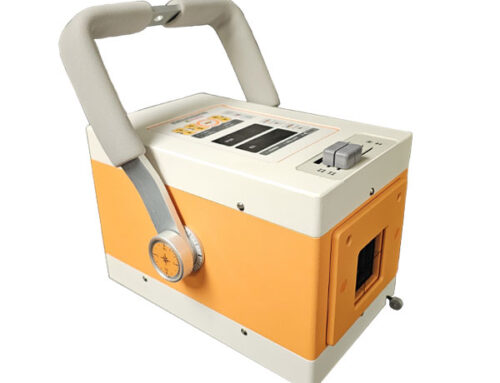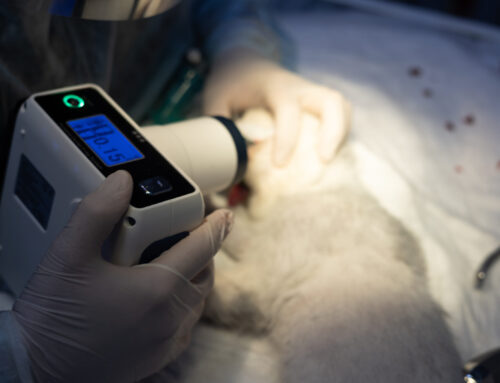This is the third and final installment of a multi-part series outlining common equine behavior problems.
Unfortunately many horses have behavior problems – most often created by poor and inconsistent handling or physical abuse. Time and patience are required to correct these behavioral problems, and sometimes the problems cannot be corrected and instead must be managed. Following are a number of topics that fall under the category of Behavioral Eating Disorders.
EATING DISORDERS
Coprophagia
Eating feces is mainly seen in foals during the first 8 wk of life. Foals usually consume the fresh feces of their mothers. The behavior may also provide vitamin B and introduce normal intestinal flora. In adults, the behavior is mainly associated with a low-roughage diet.
Obesity
Decreased exercise and overfeeding a highly concentrated diet may lead to obesity. On pasture, horses spend about 8–12 hours grazing while moving from place to place; confined horses spend about 3–4 hours. Consider increasing exercise, social contact, and roughage to help maintain appropriate body weight.
Anorexia
Horses are herd animals. Changes in their socialization can lead to stress which can increase the chance of anorexia. Appropriate weaning of foals is also important to prevent anorexia. If previously attacked, submissive horses may not eat near aggressive horses. if they have previously been attacked. Management and/or correction should be directed toward the underlying problem. Increasing social contact and separating affected animals from aggressive horses can help.
FOAL REJECTION
There are three types of foal rejection:
1. avoidance—the mare will not attack the foal but will not allow suckling
2. intolerance of suckling, which may be due to a painful udder, and
3. aggression toward the foal, in which mares exhibit stallion-like behavior and may kick and bite the foal.
NOTE: Some mares paw at the foal to stimulate them to stand, and this should be differentiated from aggression.
The most important aspect of treatment is to protect the foal. In extreme cases, the foal should be supplied with colostrum within the first 12 hours and then bottle fed or cross-nursed. Restraining a primiparous (bearing young for the first time) mare and letting the foal suckle may teach the mare that nursing is pleasurable and encourage her to let the foal nurse without restraint. A quiet environment with minimal disturbance is critical to successful nursing. Any evidence of mastitis should be remedied. For an aggressive mare, appropriate restraints should be considered. Feeding the mare treats during nursing can help to desensitize her. In some cases, stimulating maternal behavior by separating the mare from the foal or faking a threat to the foal (e.g., other horses, dogs) can help. Medications may help; however, these drugs can enter the milk and affect the foal.
Behavioral problems are often the tip of the iceberg. Resolving these problems requires getting to the root cause, and addressing the whys and wherefores. Understanding behavior and behavior modification is a skill that every horse owner should want to develop. The results are well worth the effort.
***
This blog is brought to you by Diagnostic Imaging Systems. Diagnostic Imaging Systems, Inc. (DIS) has been providing Quality Imaging products since 1983. The company combines industry knowledge with an understanding of the veterinary practice. For more information, go to Diagnostic Imaging Systems, Inc. website at: www.vetxray.com
All content provided on this blog is for informational purposes only. The owner of this blog makes no representations as to the accuracy or completeness of any information on this site or found by following any link on this site. The owner will not be liable for any errors or omissions in this information nor for the availability of this information. The owner will not be liable for any losses, injuries, or damages from the display or use of this information. These terms and conditions of use are subject to change at any time and without notice.





